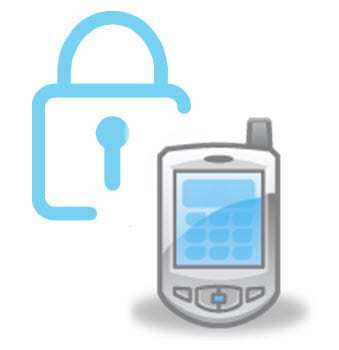
As the number of mobile phones such as smartphones, tablets, and other always-on communication devices become more affordable and more common, the mobile commerce environment is equally on the rise, with all of the security risks that are attached to it.
After years of popularity of the internet through standard desktop and laptop PCs, businesses are finally understanding that the walls of their physical brick-and-mortar location no longer define their boundaries. Instead, organizations are extending outward in order to achieve greater agility and flexibility so that they can obtain a desirable competitive advantage.
That said, this degree of openness creates a number of new forms of security risks, and a heightened need for an understanding of where the greatest vulnerabilities exist, and a need to form solid strategies for securing identities, sensitive information, and to maintain the confidence and trust of customers. Data protection for client information is vital to a merchant’s reputation and therefore its success – especially throughout the transmission of that data during a transaction.
Consumers must also do their part. They are familiar with the types of risks involved with making a purchase over their traditional computers, but are failing to recognize the vulnerabilities of their mobile devices to threats that are the equivalent to an unprotected computer that is always connected to the internet. Although “faster checkout apps” online may be convenient, they may also increase a retailer and consumer’s exposure to new security threats.
Consumers are being advised to password lock/disable their devices in order to boost the security of their sensitive data now that they are loading credit card and debit card information, passwords, and PINs all onto the same device in order to keep their lives more organized and to save time. Failing to do so is, according to experts, the same as writing all of the information on a piece of paper and then displaying it so that anyone can access it.
